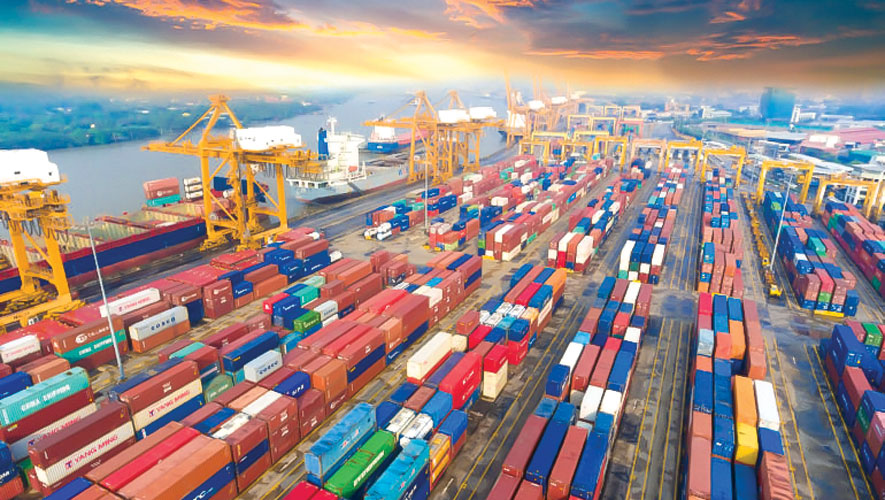Since the dawn of civilisation there has been trade finance. Initially, it was fairly primitive. Now it is a highly sophisticated trillion dollar industry financed primarily by financial institutions. Most trade financing facilities are still bilateral or based on tripartite relationships between suppliers, buyers and banks.
For the latest Cambodian Business news, visit Khmer Times Business
Traditionally, trade finance has been a means by which importers and exporters utilise the integrity of the international banking system to ensure the safe completion of trade transactions. It forms an integral part of international, domestic and even third country or party transactions with banks providing their full range of classical trade finance products and services to complement and accommodate these universal traders.
As international trade becomes borderless, more vibrant and encompassing in an ever-evolving economic landscape, the mechanics and structures of trade transactions are becoming more complex, involving multi-parties, multi-countries and multi-settlement arrangements. Banks cannot stand still or they will be left behind or become irrelevant in the realm of the present trade financing initiatives. They have to constantly change and realign themselves to fit into their new financial roles.
Banks, as business partners, will provide to their trade customers (importers, exporters and local traders) the appropriate trade financing facilities and trade credit limits, thereby undertaking to finance their imports and local purchases by offering trust receipt advances, foreign currency trade loans, invoice financing, supply chain financing etc or to extend financing for their exports and local sales by offering bills purchased, invoice financing, supply chain financing etc.
Importers and exporters, as customers of the banks, must also understand and be aware of how banks determine the pricing of their trade finance products and services, whether it is derived from the bank’s own product costing or is it as recommended by the Association of Banks or the central bank. Customers should also find out how their banks fund their trade loans, whether is it supported by their own internal funds, by inter-bank borrowings, through customers’ deposits or by refinancing funds.
Importers, exporters and bankers focus on pushing for sales and making money for our respective entities. They must not lose sight of the risks associated with the trade finance products and services that include, among others, bank risk, country risk, documentary risk and regulatory risk relating to governing laws and jurisdictions. In addition to the inherent risks and compliance issues, they must also know about the sanctions, anti-money laundering and anti-terrorists financing acts placed by governing statutory bodies worldwide.
Trade finance helps importers and exporters expand their trade business across boundaries, enhance their cash flows and provide the necessary safeguards for goods and payments. Likewise, by providing trade financing products and services, banks will consistently generate fees and interest income and foreign exchange gains plus reaping the benefits of spin-off businesses and selling opportunities from all their trade customers.
Jimmy Phua is trade adviser and consultant for a government-based financial institution and a training consultant for trade finance at Finet Associates Finet Centre Cambodia and the Australia New Zealand Institute




